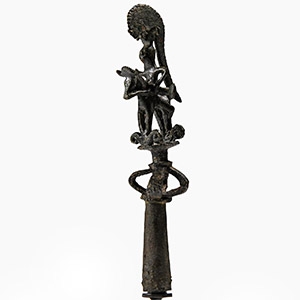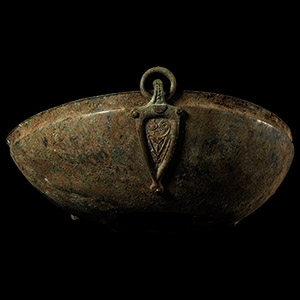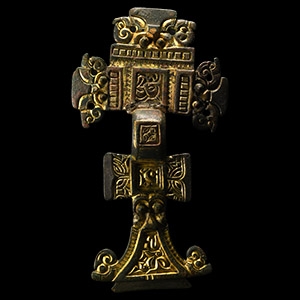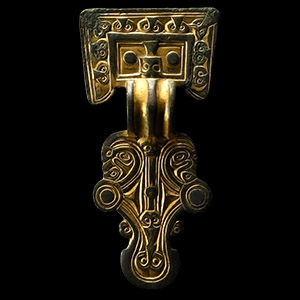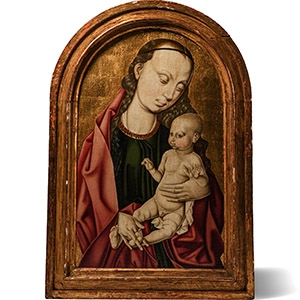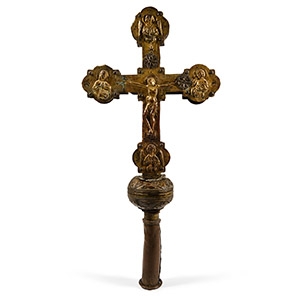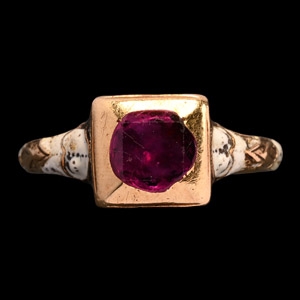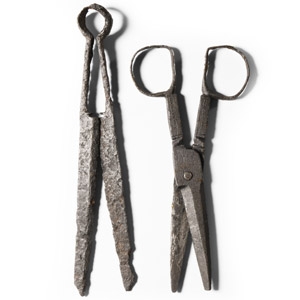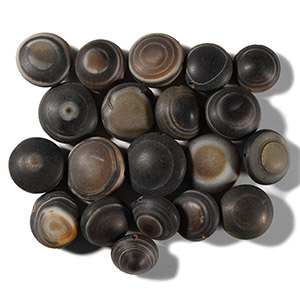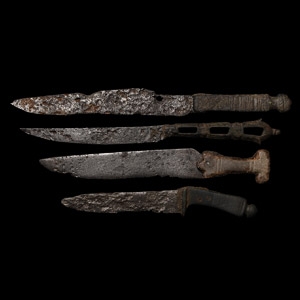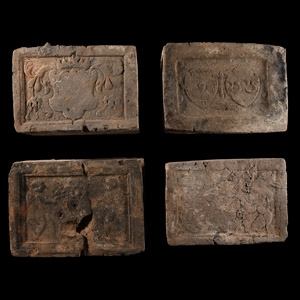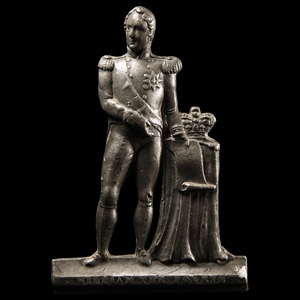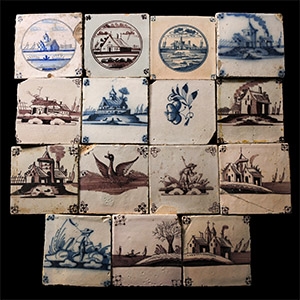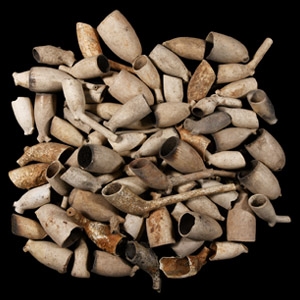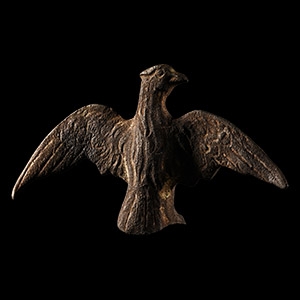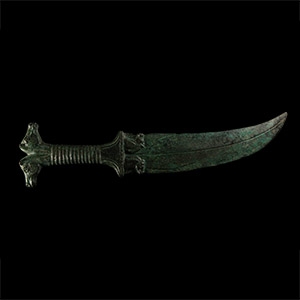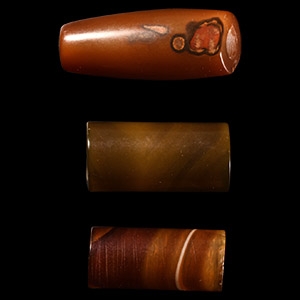Home > Auctions > 5 - 9 September 2023
Ancient Art, Antiquities, Natural History & Coins
Auction Highlights:
Found Billingsgate spoil from the Thames foreshore, London, UK.
UK gallery, early 2000s.
Found Thames foreshore, London, UK, 1970s-1980s.
Ex UK collection.
Property of a Hampshire, UK gentleman.
Acquired 1990s-early 2000s.
East Anglian private collection.
Cf. similar specimen in the British Museum, inventory no.OA.9377.
These glazed stove or floor tiles are similar to the ones of the great hall and the Tudor kitchens at Hampton Court Palace, made of ceramic, with a glaze to make it hard-wearing and washable. Not just the furnishings, but the palaces themselves were multi-coloured, with brick walls painted red, and exposed timbers in yellow, red, green and white.
Acquired 1960s-1990s.
Late Alison Barker collection, a retired London barrister.
Acquired 1990s-early 2000s.
East Anglian private collection.
Acquired 1990s-early 2000s.
East Anglian private collection.
Acquired on the UK market, 1990s.
Property of a retired academic, believed to have been recovered from the Thames foreshore.
Cf. Stuart F. Elton, Cloth Seals. An illustrated reference guide to the identification of lead seals attached to cloth, Oxford, 2017, p.221, from the Museum of London collection, MOL 92.27/7, for a very similar seal; see also the Southampton seal-matrix of this design, in Elton, p.28 [= PAS database SUR-AB43CB].
Found Nottinghamshire, UK.
Private UK collection, 1991.
UK gallery, early 2000s.
Acquired from Les Enluminures Ltd, Illinois, USA, 2016.
Property of an East Sussex collector.
Accompanied by a Les Enluminures certificate of authenticity.
Accompanied by a copy of the Les Enluminures invoice.
This lot has been checked against the Interpol Database of stolen works of art and is accompanied by search certificate no.11671-197579.
Cf. Fuhring, P. ed., 'Le Style' cosse de pois' L'orfevrene et la gravure a Paris sous Louis XIII, in Cazette des Beaux Arts, January 2002, for the pea-pod ornament; cf. Chadour, A., Rings. The Alice and Louis Koch Collection, Leeds, 1994, vol. 1, no.701; cf. Oman, C., British Rings 800-1914, London, 1987, pl.96.c, for type; cf. Scarisbrick, D. et al., Toward an Art History of Medieval Rings: A private Collection, pp.204-205, for comparable.
Over the centuries, the ruby became a symbol of the amorous heart and a popular gemstone for betrothal or wedding rings in Western Europe. This gemstone was believed to symbolise the virtues of marriage and convey the desire for eternal matrimonial love. The ruby-red colour was often enhanced by setting the stone on top of a foil. The stones themselves were imported from as far afield as Thailand, Burma and Sri Lanka. Old inventories record them as 'balas rubies', which were sourced to decorate royal crowns. In the 17th century, the red colour was set-off by the pastel shades of satin which were fashionable in dress at the court of King Louis VIII, where the art of enamelling was also practiced.
1405 - 1416 of 2453 LOTS

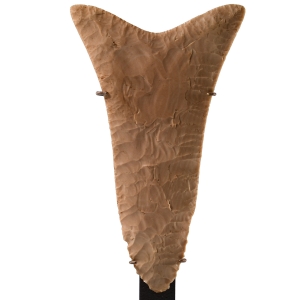
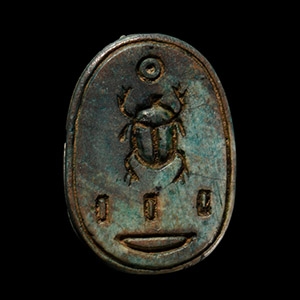
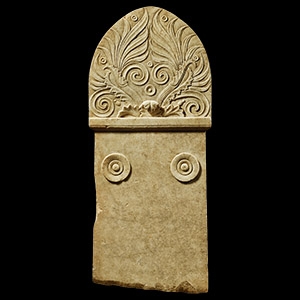
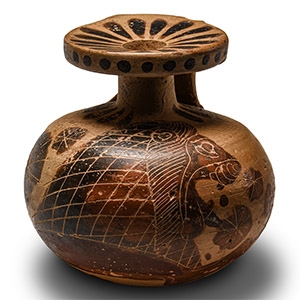
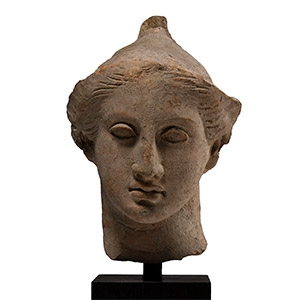
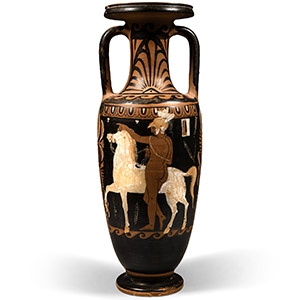
.jpg)
.jpg)
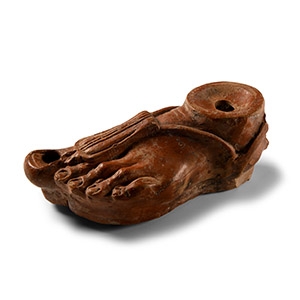
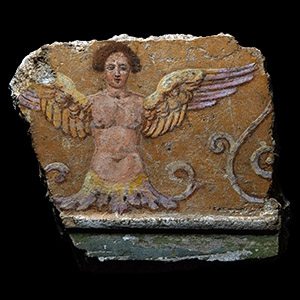
.jpg)
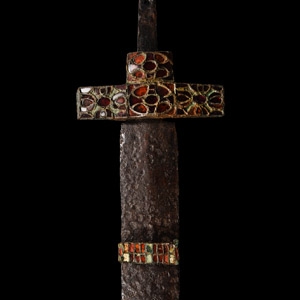
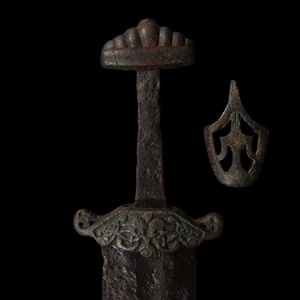
.jpg)
